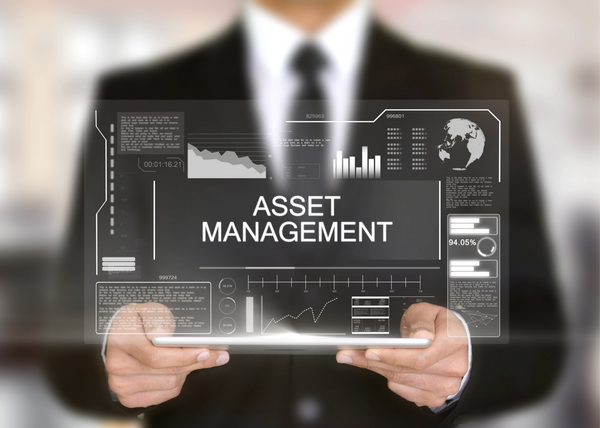When most IT shops look at asset management, they’re thinking about managing the physical equipment. They track when the equipment was purchased, where it was deployed in the organization, and any associated maintenance agreements. Some organizations also track software licenses as part of their asset management program.
Data is seldom part of the equation. Although data is the new “digital currency,” the most valuable IT asset an organization owns, few organizations track it properly. They don’t really understand how they’re ingesting data, what systems it passes through, where it is stored, and who can access it. When something goes wrong — a data leak or network intrusion — they don’t know what data assets are at risk.
Every organization should have procedures and tools for tracking data assets, particularly when it comes to personally identifiable information, credit card data, and other sensitive records. Data asset management helps organizations protect and secure this data, meet regulatory compliance requirements, and dramatically reduce business risk.
If you’re in need of assistance with your IT asset management, DeSeMa can help! We offer years of experience and can provide you with the tools and resources needed to keep your company data safe. Continue reading to learn more, and give us a call to get started!


